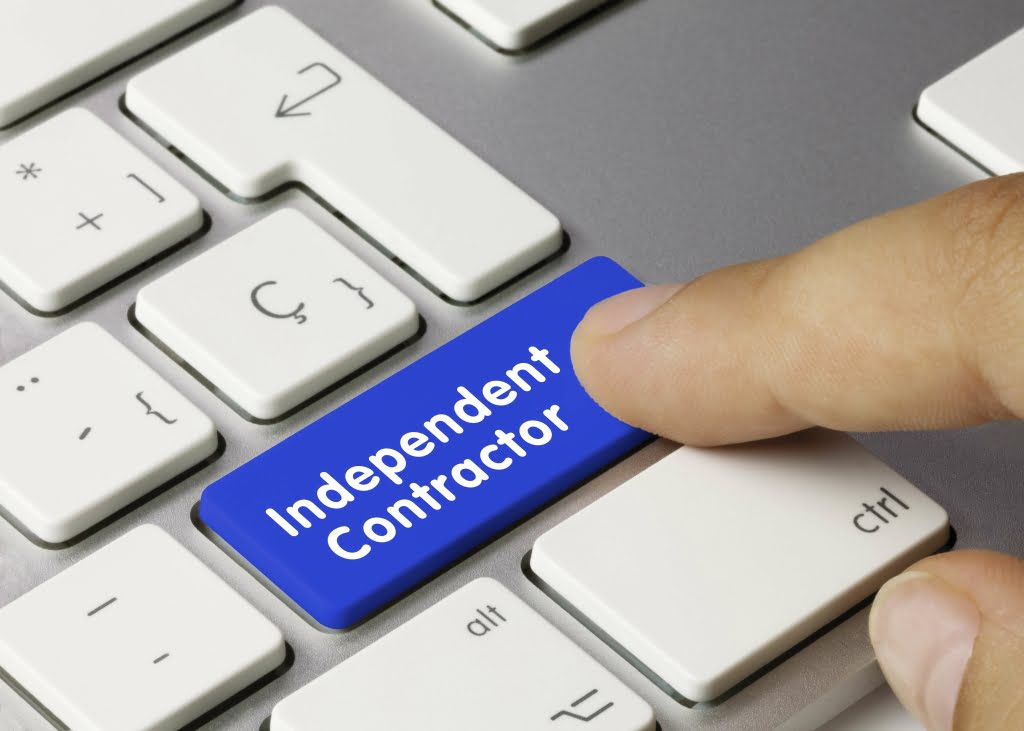
Someone who purchased their home with a no-money-down VA loan would have 100% liabilities. That’s why you credit revenue when you make a sale because it’s an increase to equity. In this scenario, assets are reduced, and equity is also reduced.
Notes To the Financial Statements
Ensure that the balance sheet balances, i.e., the total assets equal the total liabilities and equity. List all assets, including current assets (e.g., cash, inventory, accounts receivable) and non-current assets (e.g., property, plant, equipment, intangible assets). The double-entry practice ensures that the accounting equation always remains balanced. The left-side value of the equation will always match the right-side value. The total amount of all assets will always equal the sum of liabilities and shareholders’ equity.

The Importance of the Balance Sheet
Other names for net income are profit, net profit, and the “bottom line.” To tracks a company’s Net Income as it accumulates over the years, Retained Earnings or Owner’s Equity is credited. On the first day of the fiscal year, most accounting programs automatically credit this account with the previous year’s Net Income. Examples of liability accounts that display on the Balance Sheet include Accounts Payable, Sales Tax Payable, Payroll Liabilities, and Notes Payable. Below is a break down of subject weightings in the FMVA® financial analyst program. As you can see there is a heavy focus on financial expanded accounting equation modeling, finance, Excel, business valuation, budgeting/forecasting, PowerPoint presentations, accounting and business strategy.
- The company uses this account when it reports sales of goods, generally under cost of goods sold in the income statement.
- Shareholders’ equity ultimately indicates the financing provided by the company’s owners and the earnings generated from its operations.
- If a company has a high current ratio, it usually means it is in a strong financial position and can handle its short-term liabilities.
- A balance sheet is also limited due to its narrow scope of timing.
- In the account form (shown above) its presentation mirrors the accounting equation.
- These provide additional information pertaining to a company’s operations and financial position and are considered to be an integral part of the financial statements.
Problem 17: Depreciation of Equipment

When looking at a tech startup’s balance sheet, it’s important to understand their business and what stage they are in. They pay attention to things like cash burn rate, customer acquisition costs, and how fast revenue is growing to understand their financial position. In contrast Mental Health Billing to bigger companies, tech startups might not own as many physical assets like property or equipment. They tend to use more equity financing for money, especially early on when getting loans from banks can be hard. Venture capitalists and angel investors are important for helping them grow by providing funds.
- It will be closed at the end of the year to the owner’s capital account.
- Like assets, liabilities may be classified as either current or non-current.
- Double Entry Bookkeeping is here to provide you with free online information to help you learn and understand bookkeeping and introductory accounting.
- Supplies includes the cost of office supplies, packaging supplies, maintenance supplies, etc. that the company has on hand.
- For example, if your company has a sizable social media following, you might use this calculator to arrive at a number to attribute to your asset.
- Without understanding assets, liabilities, and equity, you won’t be able to master your business finances.
These accounts have recording transactions different names depending on the company structure, so I list the different account names in the chart below. Now let’s draw our attention to the three types of Equity accounts, discussed below, that will meet the needs of many small businesses. This account includes the amortized amount of any bonds the company has issued.

Asset depreciation
- Shareholder equity is the money attributable to the owners of a business or its shareholders.
- Liabilities are few—a small loan to pay off within the year, some wages owed to employees, and a couple thousand dollars to pay suppliers.
- (The depreciation journal entry includes a debit to Depreciation Expense and a credit to Accumulated Depreciation, a contra asset account).
- The account Retained Earnings provides the connection between the balance sheet and the income statement.
- Typically, the balance sheet date is the final day of the accounting period.
Lastly, we will briefly examine the expanded accounting equation. It is easy to see that an additional investment by the owner will directly increase the owner’s equity. Similarly, a withdrawal of money by the owner for personal use will decrease the amount of owner’s equity.

